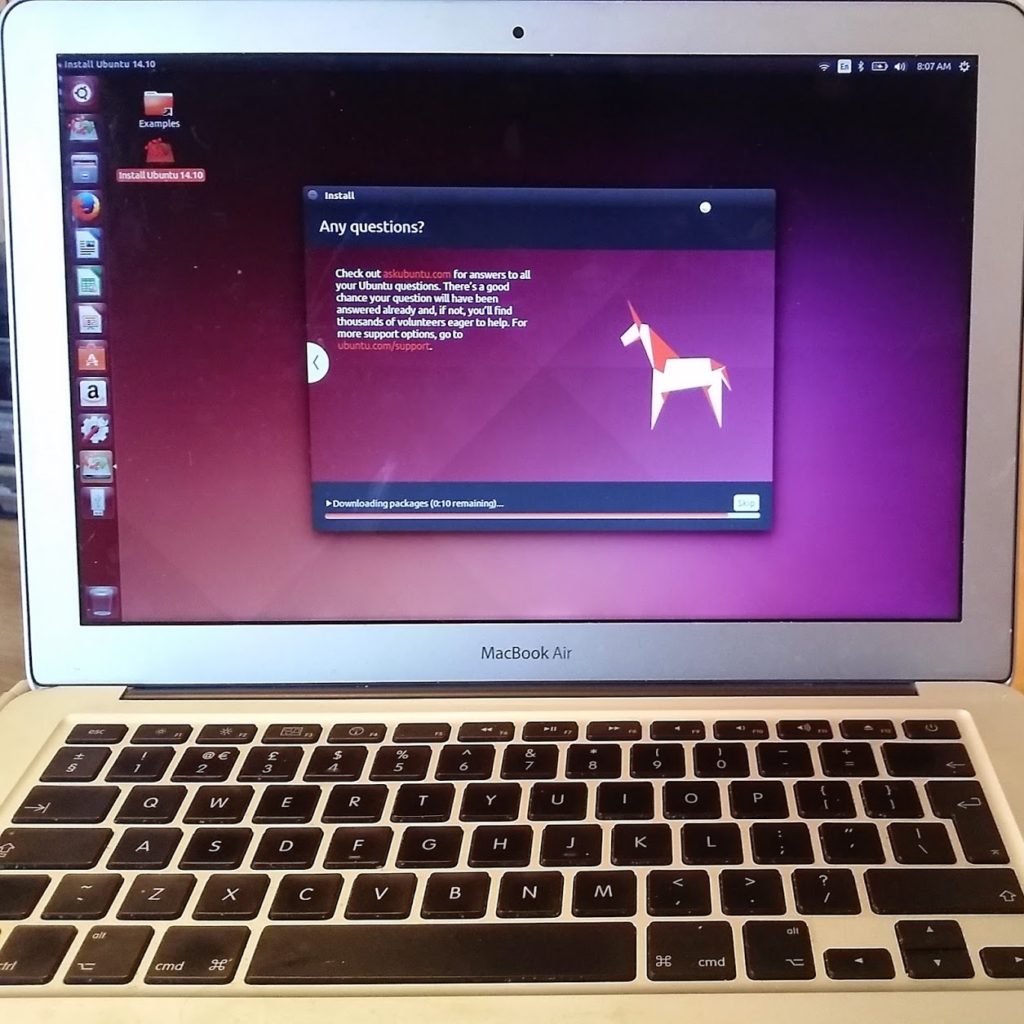Ron Jeffries has some interesting posts lately on Dark Scrum, the idea that poor programmers are being chained to the code face in the software mines, forced to unthinkingly crank out features under Agile-sequel banners like “velocity” and “embracing change”.
In one such post, he refutes the notion of a shadowy Agile Indu$trial Complex. The AIC is a hypothetical network of consultants, tool vendors and project managers who collectively profit from every story point, every Jira “story”, and every grooming session.
Here’s the thing, though. You don’t need fnord filters and Masonic handshakes to explain Dark Scrum. You need to understand that Scrum is doing exactly as intended, and that it’s orthogonal to—not opposite to—the intentions of Agile software development.
Alan Kay had this analogy of two perpendicular planes that he used to explain the difference between Object-Oriented Programming and the thing programmers do in Java. The pink plane contains existing ideas and processes. You can get better at your craft by advancing along the pink plane.
Every so often, an idea comes along (OOP, says Kay, is one such idea) that is not better, it is different. It takes you out of the pink plane altogether into the orthogonal blue plane. You can’t ask “is this idea better” because it doesn’t make sense. It’s different. It has different qualities, so your question about what makes things better no longer makes sense.
Back when we were all allegedly doing waterfall software development, we were delivering software that satisfied requirements defined for some project. We can ask “how good are we at delivering software that satisfies requirements”, and define “better” answers to that question.
Scrum is a process improvement framework for delivering products. As such it provides a “good” baseline for software delivery, and tools to help us get “better” at it. Scrum is the pink plane.
The Agile crowd, on the other hand, stopped asking how much software we are delivering, and started asking how valuable our interactions with our customers are. It’s in the blue plane. The questions we had in the pink plane are no longer relevant, so if we’re still asking them, we will get nonsensical answers.
It is possible, even likely, that the rise of Scrum is due to trying to apply pink plane thinking to the Agile idea, in the way that the rise of C++ or SOLID is due to pink plane thinking about OOP. You could imagine someone who manages a software team seeing a lot of software coming out of an XP team. They read about the XP practices and conclude “I need to make my team adopt these practices, and we’ll make more software”.
But perhaps the XP team weren’t worried about making more software, and don’t even understand why making more software would be a goal.
That doesn’t make Scrum “bad”, indeed looked at along the pink plane it’s better than its predecessors. It just makes it unexpected, and disappointing as a result.




